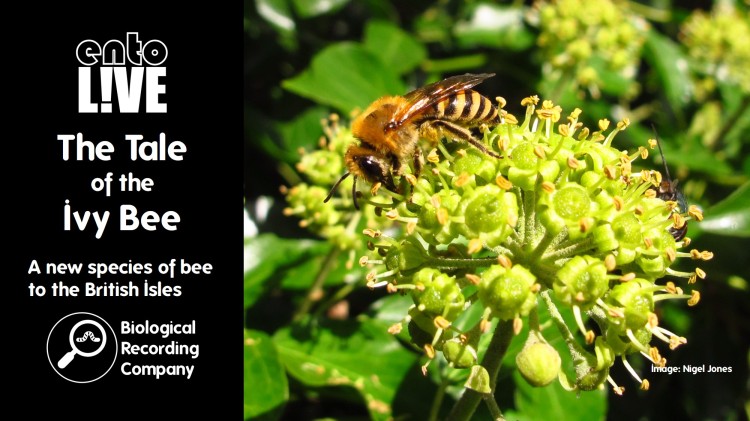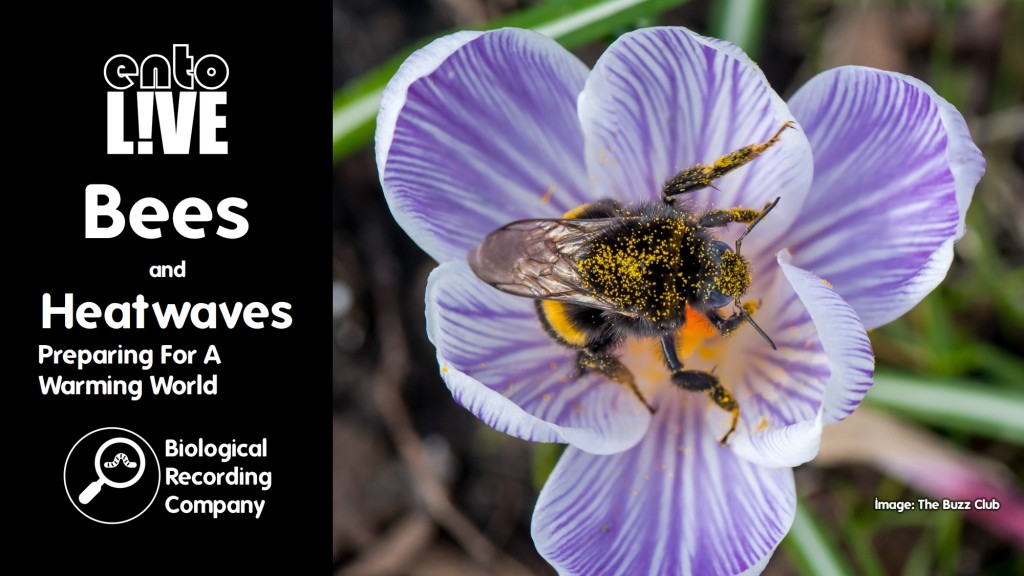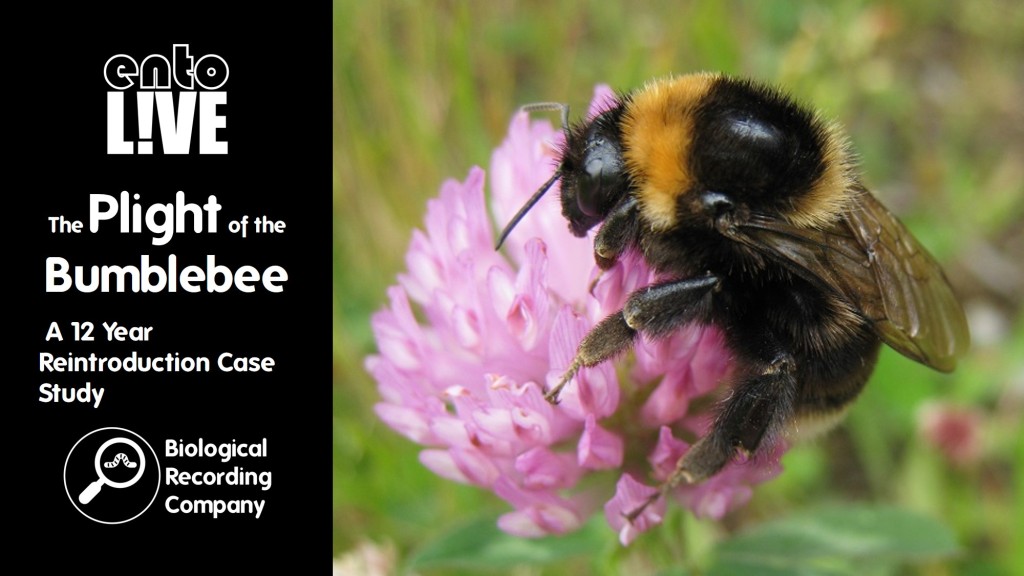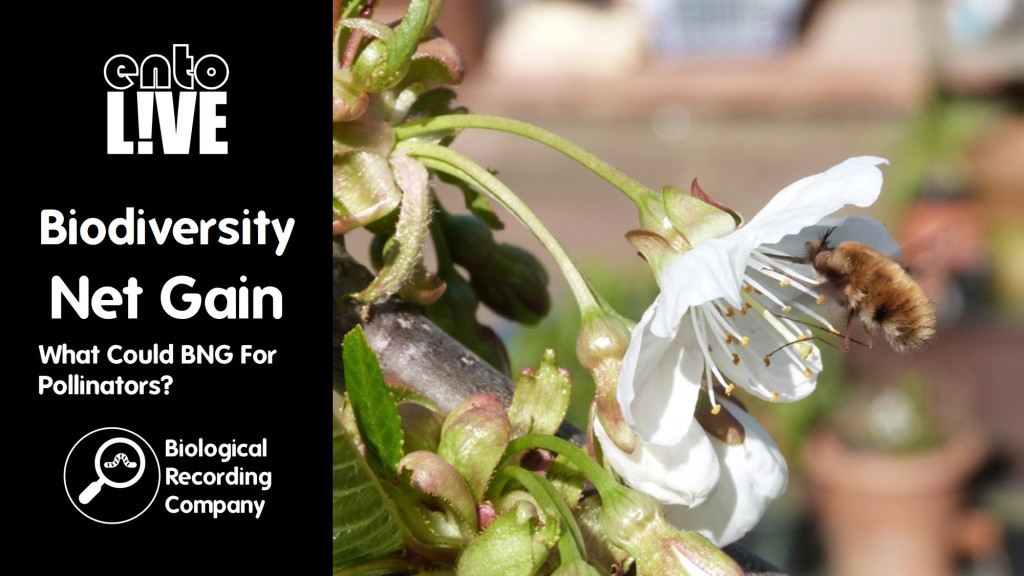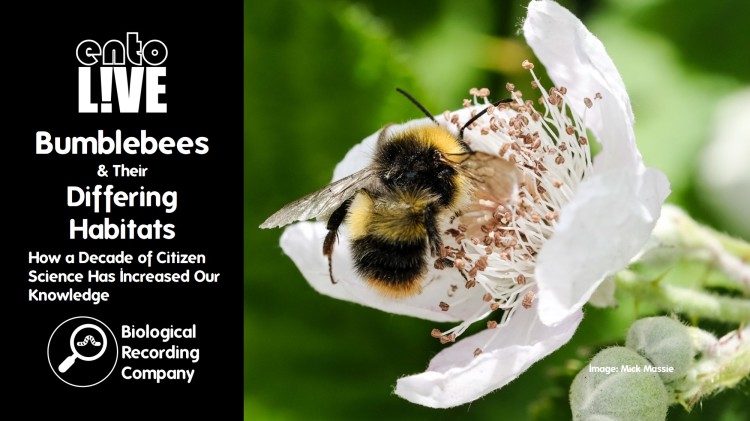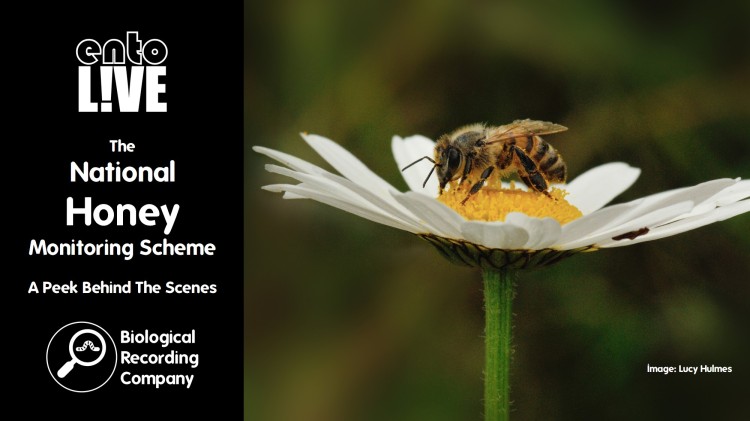Bumblebees are some of the best-loved insect species but much remains to be discovered about them. In this talk, we’ll hear how 10 years of citizen science monitoring data have been used to reveal the different habitat preferences among 14 British bumblebee species. Penelope will discuss the variation among species and what this means for bumblebee conservation.
Dr Penelope Whitehorn is a wildlife biologist and works as co-Chief Scientist for Highlands Rewilding. After studying Zoology and Conservation, she worked for a number of conservation organisations in the UK, Eastern Africa and the US. Her PhD, at the University of Stirling, assessed the impacts of inbreeding and parasites on bumblebees. Much of her research since then has focussed on these delightful insects, including exploring the effects of pesticides and looking into the broader ecological effects of land management and climate change, the latter with an Alexander von Humboldt research fellowship in Germany. In 2022, Penelope returned to Scotland to work for Highlands Rewilding but remains passionate about bumblebees!
Q&A with Dr Penelope Whitehorn
- What proportion of the associations was a surprise to you?
Quite a large proportion. The negative associations of the semi-natural habitat with some of the more common species were a surprise and may be reflecting the capacity of the more widespread, human-impacted land covers to meet the requirements of these species. A number of the climate variables need more picking apart – there are some interesting relationships that I don’t even understand myself! - What are the challenges in getting your findings translated into changes in conservation practices to support bumblebees?
The Bumblebee Conservation Trust takes onboard the results from analysis of their BeeWalk survey and was a partner on the paper. They will try and implement measures to help bees where they can. The main challenge always comes down to funding and the practicalities of getting stuff done on a large scale, for example, creating large habitat corridors across the landscape. - Do you factor in the presence of honey bees which may compete for food sources?
We didn’t factor this in within this analysis – it was out of scope for this research paper. It is a potential contributing factor to the distribution of bees and there are other researchers looking into this. - Are the Shrill Carder Bee and Great Yellow Bumblebee as threatened in continental Europe?
The Great Yellow Bumblebee (Bombus distinguendus) is sadly threatened across its range. The Shrill Carder Bee (Bombus sylvarum) is not as threatened in continental Europe, but it is still rare. I was delighted to see one in southern Germany, in an area of Alpine meadows – I only saw it after first being alerted to its presence by the namesake high-pitched noise! - Do casual records, for example on iNaturalist or iRecord, help?
These records may be useful for other types of analysis. However, this analysis concentrated on the BeeWalk data as it used a standardised survey methodology – meaning that the various records were comparable. It is always worth checking with the Bees, Wasps & Ants Recording Society regarding where they recommend data should be submitted so that it can be used for other purposes, such as distribution maps. - Do you think any of the positive/ negative associations with habitats noted in the analyses will be impacted by body size of bumblebees?
Again, this is slightly out of the scope of this analysis. It is definitely an interesting thing to think about, particularly when looking at the cryptic bumblebee species.
Literature references
- Whitehorn et al (2022) The effects of climate and land use on British bumblebees: Findings from a decade of citizen-science observations https://besjournals.onlinelibrary.wiley.com/doi/full/10.1111/1365-2664.14191
- Comont & Dickinson (2022) BeeWalk 10-Year Report https://www.bumblebeeconservation.org/wp-content/uploads/2023/01/BBCT215-BeeWalk-10-Year-Report-12.22_online.pdf
Further info
- Bee Walk Survey Scheme website: https://beewalk.org.uk/
- Bumblebee Conservation Trust: https://www.bumblebeeconservation.org/
- Tree Species Guide from BBCT: https://www.bumblebeeconservation.org/bumblebee-species-guide/
- The Poetry of Science: https://thepoetryofscience.scienceblog.com/author/thepoetryofscience/
entoLIVE
- Upcoming entoLIVE webinars: https://www.eventbrite.com/cc/entolive-webinars-74679
- If you’d like to donate to the entoLIVE programme, you can do so through the GoFundMe campaign: https://gofund.me/a699e0df
- Subscribe to the Biological Recording Company YouTube channel: https://www.youtube.com/@biologicalrecordingcompany
entoLIVE is only possible due to contributions from our partners and supporters.
- Find out about more about the British Entomological & Natural History Society: https://www.benhs.org.uk/
- Check out the Royal Entomological Society‘s NEW £15 Associate Membership: https://www.royensoc.co.uk/shop/membership-and-fellowship/associate-member/



